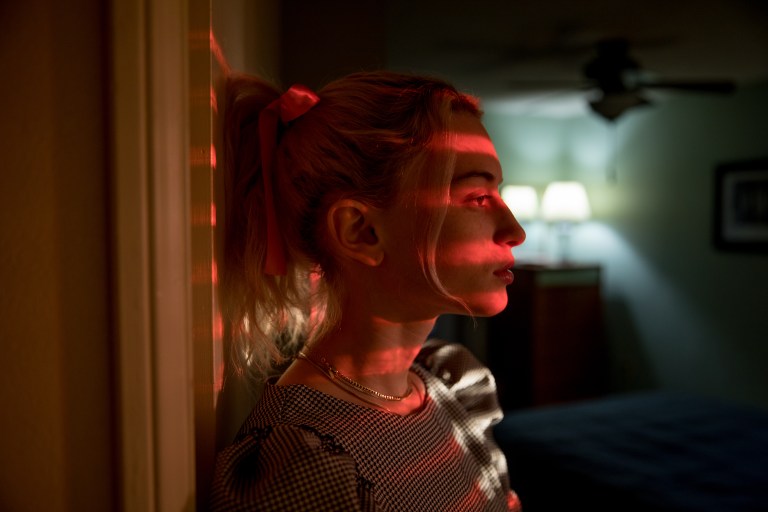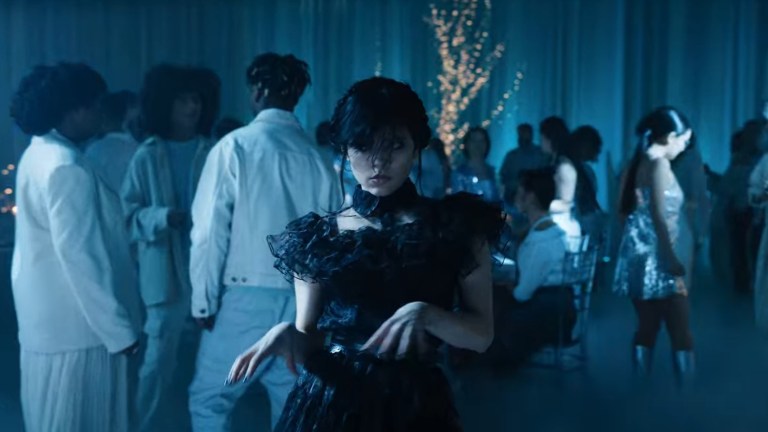How Distressing Social Media Sparks Conversation In Black Community
The past –the times of blatant racism and hurt, is supposed to feel like worlds apart from where we are now.
By ![]() Kasheda Daum
Kasheda Daum


Earlier times –during my school years, the learning of black oppression was limited and censored to looking at images of lynchings in the pages of the U.S. history textbook, of bodies that shared the likeliness of my cousins, uncles, and brother. The awkwardness of listening to the white kids read aloud from Harper Lee’s “To Kill a Mockingbird”, the N-word rolling off their tongues with heaviness as I tried to keep my cheeks from blushing cherry red. Concentrating on the lyrics of “Strange Fruit”, the hauntingly melodic vocals of Billie Holiday that tell a tale of the wicked disposal and display of beings on a tree, as common as seeing an apple on a branch.
Too often than not I see these depictions now in HD –in real time. Viral videos and images of slain black and brown boys and girls, women and men, are the plague of the Internet. I fear that we have become desensitized to seeing these fallen figures, and I fear that perhaps we never healed from seeing the ones that ‘innocently’ enough surfaced in the chapters in class. The uncomfortableness that I felt, in the usually brief two weeks that we would spend learning about the horrors of slavery and racism in America, has staggered into modern times on full scale.
Perhaps my naivety made me believe that the ‘bad’ days were behind us. I have loving parents, one black and one white, that would have never brought me into this world without the decree of change. The days of prejudiced murders were supposed to be confined to the history books, living in the tales told by an old grand-pappy from the south, locked away in the museums that carefully case the protest signs of the 50’s. The past –the times of blatant racism and hurt, is supposed to feel like worlds apart from where we are now.
There is an overwhelmingly long list of black people, of innocent souls, that I could name in the past years that have been brutalized or died on camera. The recordings are out there, they’re unnerving, unsettling, and unbelievably so they are real. Even with disclaimers to warn the viewer of what they will see, I don’t find that I am ever ‘prepared.’ Constantly I am torn between asking myself “Do I need to watch this?” and “Yes, you need to watch this to see the injustice for yourself.”
I felt conflicted. The way the images of these bodies were so easily accessible from my phone screen reminded me of the swinging persons from the poplar trees. I felt sad that they were out there in the world, raw and bare for everyone to see. I also felt like the world should see these things, this ugliness, and this reality. Perhaps it is the necessary evil to spark conversation that will bring about change. The vast platforms of social media exposes violent imagery, and exponentially exposes ourselves to the cruelty found in others –a reminder that we all have work to do.
Finding a balance between exposing sad truths, while also taking into account the trauma we may unfold unto ourselves as witnesses’, leaves us in a difficult position. The human nature of it is that we are inquisitive creatures. We seek so we can learn, and this brings us to the world of the web. The Internet is truly a double-edged sword. It allows access to feed our curiosities; to learn about the greats like Einstein, MLK Jr., and Marie Curie. It also retains what we give it; the darkness in this world, uploads of tragedy, last breaths recounted in footage. It is the monster that we as beings created –yet serves its purpose to share knowledge and history, whether it be good or bad.
There is no question that the role of citizens to record, and the mandate for officers to wear body cameras, has significantly both shocked and educated the public to the cruel injustices in America. Though many of these findings that live in social media fail at receiving the justice that many people find to be quite evident, the circulation of such footage gets the communities talking, it gets us protesting, and most importantly it gets us to give a damn. No longer lost in mere ‘he-say/she-say’ about the realities of many of these murders, the truth is out there. The truth is in the lifeless bodies that we watch on our screens, replaying the instance, gripping our emotions and humanity. The truth is in the sobbing mothers and fathers who speak highly of their ‘lost’ one. The truth is found in those whom bound together to take to the streets, just as many did 54 years ago, to seek lawfulness, review, and sanction.
I learned of the latest story of Nia Wilson, an 18-year-old African-American girl fatally stabbed by a white felon on July 22nd, through social media. I actually felt relieved that there wasn’t video footage to follow. I felt a small glimpse of complacency in knowing that her tragic end had a sense of modesty, a private moment shared between just her and her sister, whom was also critically stabbed. Wilson’s case is still being investigated in Oakland, CA where authorities of Bay Area Rapid Transit claim ‘no motive’ is defined yet.
Hearing of the recent stabbings, and the race of the characters involved, evokes a sadness and fear that those especially in the black and brown communities can identify with. Whether the findings of Wilson’s case prove to be racially charged or not, the feelings remain the same. It is evident that we live in a world still inhabited by hate and by fear. It is also safe to say that we live in a world where the people want to change that.
Living in this time we have the luxury to access our camera-phones for documentation, access to our voices to let our frustrations be heard, and the access to history to educate ourselves. I revel in my uncomfortableness to speak up, to feel sad, to feel anxious, and to feel optimistic. Let us keep saying the names of the fallen, sing and share stories of their souls –a ritual I am sure was shared by distant relatives years and years ago, and do not concede to the ways of history’s past. Let us use the tools of social media, which seems to be here to stay, to express our thoughts, ways to action, and ways to heal. Let us pride ourselves on how far as a people we have come, and hope that we continue to unite –all shades and backgrounds, towards creating a history to be proud of. ![]()




